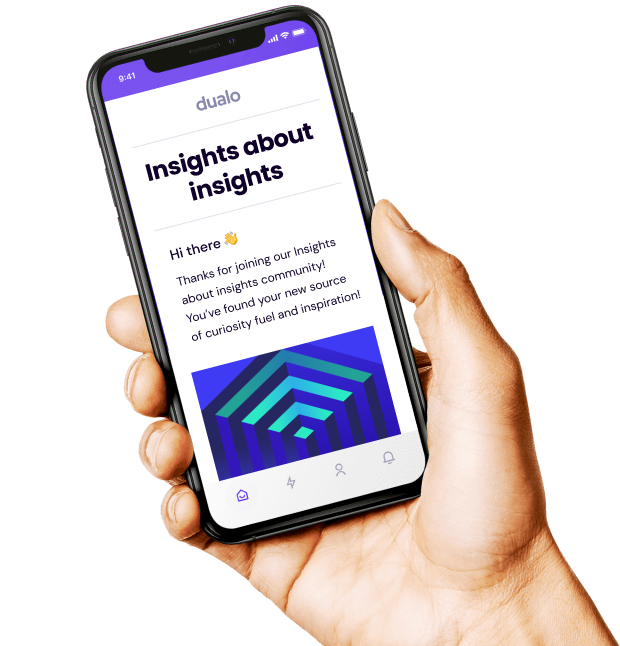Navigating generative AI in UX Research: a deep dive into data privacy
The integration of generative AI into UX research is not without its challenges, particularly in the realm of data privacy. Yet with a safeguarded approach, organisations can turn these challenges into opportunities and build a competitive advantage.






.svg)

.jpeg)

.jpeg)
.jpeg)

